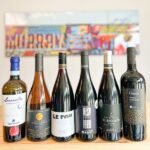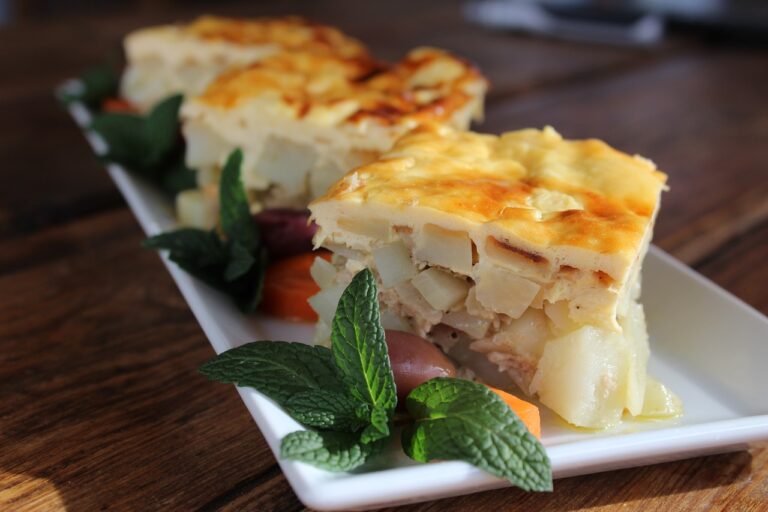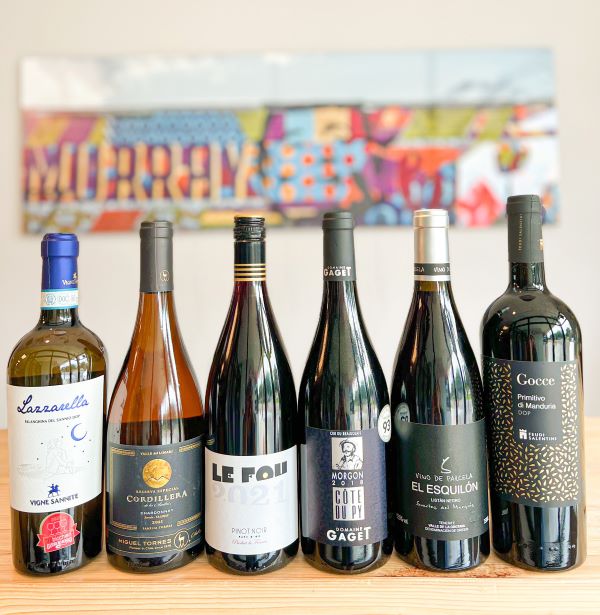Introduction
Wine tasting can be intimidating and pretentious, but don’t worry. If you are a beginner and just starting out with wine tasting, ease into it. Learning how to taste wine takes time as you learn to use all of your senses. Wine tasting is supposed to be fun, so don’t overthink it. Wine is much more than a beverage, it is a pathway to learn about the land, soil, climate, sun exposure, flavors, textures and so many more factors. We are far from wine experts. Wine tasting for us is more of a marathon journey, not a sprint. The most important thing for a beginner wine taster to remember is to not take it too seriously in the beginning. Have fun with it.
Wine is a World of Stories
Think of each bottle of wine like a book. Each bottle will have its own chapters with details about the place where it came from, the people who made it, and the time it took to go from grapes on the vine to the liquid in your glass. When you learn about wine, you’re not just tasting a drink. You’re discovering the heart of a region, the dreams of winemakers, and the magic that turns simple grapes into delicious wine.
Getting to Know Wine

What makes wine taste the way it does? There are four important parts: tannins, acidity, sweetness, and alcohol.
Tannins
Tannins are typically found in red wines, but can also occur in white wines if aged in wooden barrels or if fermented with skins. Tannin is defined as the presence of phenolic compounds that add bitterness to a wine. Wine Folley compares tannins to putting a wet tea bag on your tongue, which would be almost pure tannin that is bitter and has a drying sensation.
Tannins can make your mouth feel a bit dry, maybe even chalky, and add complexity to the wine’s flavor. You may experience a bitter taste in your mouth and along the sides of your tongue. Tannins, and the term ‘dry’, can be confusing at times because your mouth dries out.
Acidity
Acidity is what makes wine taste fresh and crisp. Acidity is common in white wines. An indicator of acidity is when the wine touches your tongue, and your tongue releases saliva along the back edges of your tongue. Think about the pucker or tartness you experience when drinking a glass of lemonade. The tartness you experience is a function of acidity, it makes your tongue salivate making you crave another sip of lemonade. This same reaction occurs when drinking a wine with medium to high acidity.
Sweetness
The sweetness of a wine comes from the sugar left after the grapes are fermented. This isn’t about making the wine taste like candy, but about balancing other flavors.
Alcohol
Finally, the alcohol in the wine gives it body and a warming feeling when you taste it.
How to Taste Wine
Tasting wine is like a fun science experiment for your senses! First, look at the wine. Its color and clarity can tell you a lot about what it will taste like. Then, swirl it around in your glass. This lets the wine “breathe” and brings out its full scent. Next, smell the wine. Try to pick out different aromas – this will make tasting it even more interesting! Finally, take a sip. Let the wine reach all parts of your tongue to truly enjoy its full range of flavors.
Getting Ready for a Wine Tasting
Going to a wine tasting can be a bit like going to a party. You want to dress right, show good manners, and have fun! Wear comfortable, dark-colored clothes – they won’t show stains if wine spills. Don’t wear strong perfume or lotion because it can mix with the wine’s aroma. Make sure to eat a good meal before the tasting to prepare your stomach for the wine. Most importantly, be curious and ask lots of questions. You’re there to learn and have fun!
Exploring Different Wines
Wine comes in so many different styles. Red wines, like Cabernet Sauvignon, Pinot Noir, and Merlot, are often bold and rich. They are great with hearty meals like steak or spaghetti. White wines, like Chardonnay, Sauvignon Blanc, and Riesling, are usually lighter and more refreshing. They’re wonderful with lighter foods like chicken, fish, or salad.
Making the Most of Your Tasting
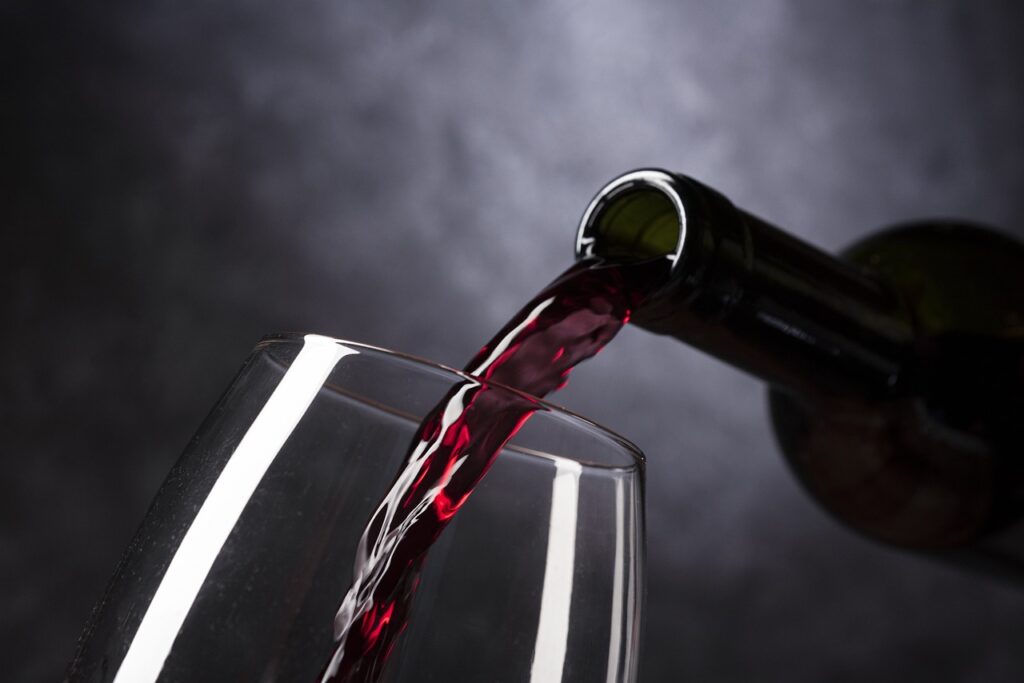
When you’re tasting wine, take your time. Let yourself really taste and enjoy each sip. Between different wines, cleanse your palate with water or simple foods like bread or cheese. This will keep the flavors from mixing and let you fully enjoy each wine. Consider keeping a wine journal where you write about the wines you taste. It’s a great way to remember what you’ve learned and what you liked!
Traveling Through Wine
Each wine region of the world has a unique character, just like different cities or countries. Maybe you’ll explore sunny California’s Napa Valley, France’s historic Bordeaux region, Italy’s rustic Tuscany, or the exciting, growing wine regions of Argentina and New Zealand. Each place offers different wines to discover. Do some research to learn about the region’s wines before you visit or taste. Check out our article on
How to Act at Wine Tastings
Wine tastings aren’t about drinking a lot – they’re about tasting a lot of different wines! So it’s okay not to finish your glass if you want to keep a clear head for the next wine. If you want, you can even spit out the wine after tasting. And always remember to hold the glass by the stem, so you don’t warm the wine with your hand.
Making Friends with Wine
Wine is something people love to share. It brings people together, sparks interesting conversations, and builds friendships. Group wine tastings can be a lot of fun, and they’re a great way to learn more about wine and meet new people. You can share your thoughts about the wine, listen to others, and learn together.
Your Wine Adventure
As you start to learn about wine, you’ll find your own favorites and your own way to enjoy wine. Maybe you’ll love the deep, rich reds. Maybe you’ll enjoy the light, crisp whites. Or maybe you’ll be a fan of everything! The great thing about wine tasting is that there are no right or wrong answers – it’s all about what you enjoy. So get ready for a fun adventure as you explore the world of wine. Cheers to that!
The Allure of Wine Tasting
Wine tasting is a delightful journey full of discovery, enjoyment, and connection. It’s not just about analyzing the nuances in a glass of wine, but also about understanding the story behind the wine – the grapes, the land they grew on, and the passionate people who transformed those grapes into the captivating drink we adore.
Wine Tasting 101
Wine tasting might seem intimidating, but anyone can do it! At its heart, wine tasting is about enjoying and appreciating wine. It’s a chance to explore different types of wine, understand their unique characteristics, and find what you love. You don’t have to be an expert to taste wine; you just need to take the time to pay attention to what’s in your glass.
Basics of Wine Tasting: See, Swirl, Smell, Sip, Savor
There are five simple steps to tasting wine: See, Swirl, Smell, Sip, and Savor. Each step helps you appreciate the different aspects of the wine, from the color and aroma to the taste and the way it feels in your mouth. Remember, there’s no right or wrong way to experience wine. Trust your senses and enjoy the experience.
Decoding the Language of Wine
Wine has its own language. Terms like “bouquet,” “body,” “tannin,” “acidity,” and “finish” might seem puzzling at first, but they’re just a way to describe the many elements that make up a wine’s character. As you get more into wine tasting, you’ll start to understand these terms and use them to talk about your own wine experiences.
Understanding Wine Glasses
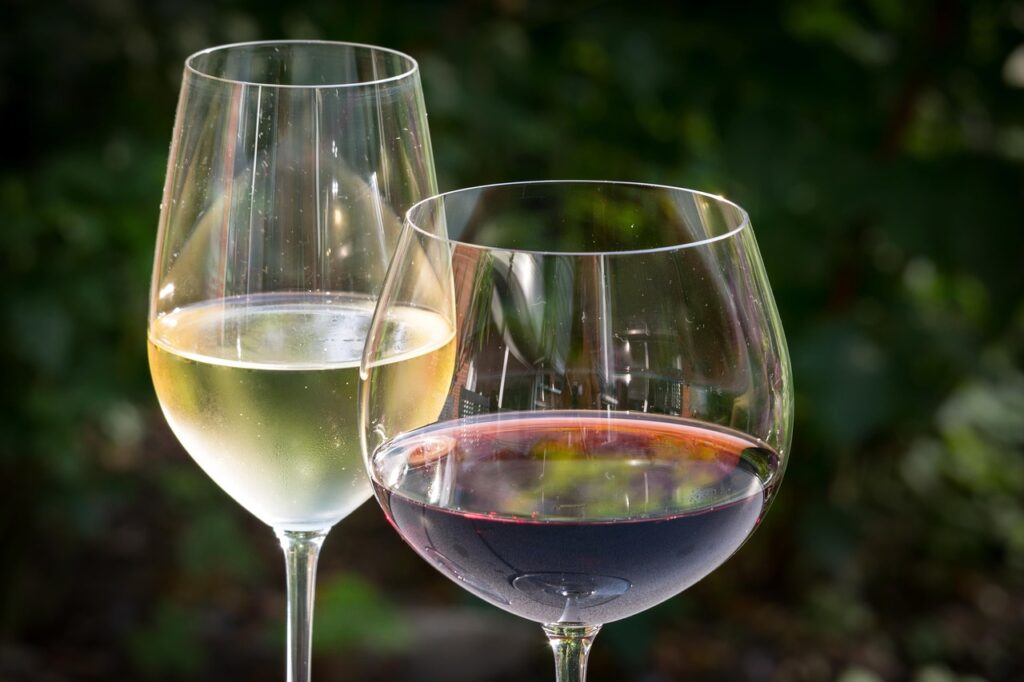
The type of glass you use for wine tasting makes a difference. Wine glasses come in different shapes and sizes for a reason. For example, red wine glasses have a larger, rounder bowl to let you swirl the wine and release its aromas. On the other hand, white wine glasses have a narrower bowl to preserve the temperature and delicate aromas. There are also special glasses for sparkling wines, like Champagne, that are tall and narrow to keep the bubbles lasting longer. Your wine’s flavor can actually change depending on the glass you use!
Journey Around the World of Wine
When it comes to wine, the world is your oyster! Let’s visit some of the top wine-producing countries and their unique offerings. In France, try a classic Bordeaux red or a delicate Chablis. If you’re in Italy, don’t miss the bold Barolo or the light and bubbly Prosecco. Then, head to Spain for a robust Rioja or a refreshing Albariño. Don’t forget the New World, either. America’s Napa Valley has world-class Cabernet Sauvignon, while Australia’s Shiraz and New Zealand’s Sauvignon Blanc are must-tries. Every country has its own special grapes and wine styles waiting for you to discover.
Food and Wine Pairing Mastery
Matching food and wine can take your meal to the next level. The trick is to balance flavors. Rich, fatty foods go well with high-acidity wines, which cut through the richness. Spicy dishes match with sweet wines, which soften the heat. Seafood pairs perfectly with light white wines, while red meat is best with full-bodied reds. Don’t forget about cheese, either! Creamy cheeses like brie taste great with Champagne, while hard cheeses like cheddar pair well with Cabernet Sauvignon. The world of food and wine pairing is full of exciting combinations to explore.
The Magic of Winemaking
Wine is made through a process called fermentation. The winemaker crushes the grapes and adds yeast, which eats the sugar in the grapes and turns it into alcohol. For white wine, the grape skins are removed before fermentation. For red wine, they’re left in, which gives the wine its color and tannins. After fermentation, the wine is aged, often in oak barrels, which adds flavors like vanilla, spice, and toast. Then, it’s bottled and left to age some more before it’s ready to drink. The process might be simple, but the results are amazing.
Serving and Storing Wine
To get the most from your wine, you need to serve and store it correctly. Wine should be served at the right temperature: cooler for whites (around 45-50°F) and slightly warmer for reds (around 60-65°F). When you open a bottle, let it breathe for a bit before serving. This helps to release the aromas. If you don’t finish a bottle, re-cork it and keep it in the fridge – it should be good for a few more days. For long-term storage, keep wine in a cool, dark place and lay the bottles on their sides to keep the corks from drying out.
Unraveling the Aromas and Flavors of Wine
Wine has a whole array of flavors and aromas. Fruity, floral, spicy, earthy – you can find them all in different wines. Red wines often have notes of red fruit like cherries or black fruit like blackberries. White wines can have citrus, green fruit like apple, or tropical fruit flavors. Beyond fruit, wines can have floral notes like rose, spice notes like pepper, earthy notes like mushroom, and many more. Don’t be surprised if you even taste or smell things like vanilla, chocolate, or coffee – these can come from the oak barrels used to age the wine.
Sparkling Wines for Beginners
Sparkling wines are a festive treat. They’re made by a second fermentation that happens in the bottle and creates those delightful bubbles. The most famous sparkling wine is Champagne from France. It’s made from Chardonnay, Pinot Noir, and Pinot Meunier grapes, and it’s known for its elegance and finesse. Italy’s Prosecco, made from Glera grapes, is fruitier and lighter, while Spain’s Cava, made from local Spanish grapes, is zesty and refreshing. No matter which one you choose, sparkling wine is a joy to drink.
Organic and Biodynamic Wines
More and more, people are paying attention to how their food is grown and made. The same is true for wine. Organic wines are made from grapes grown without synthetic fertilizers or pesticides, making them a great choice for nature lovers. Biodynamic wines go a step further. These wines follow a holistic approach to farming that includes things like composting, plant diversity, and even lunar cycles. While not all organic or biodynamic wines will say so on the label, a little research can help you find them.
The Sommelier’s Role
At a restaurant or wine tasting, the sommelier is your best friend. This is a trained wine professional who knows all about different wines, how to serve them, and what food they pair with. Don’t be shy about asking the sommelier for recommendations. They love to share their knowledge and help you discover new wines. Whether you’re a beginner or a seasoned wine taster, you can learn a lot from a good sommelier.



